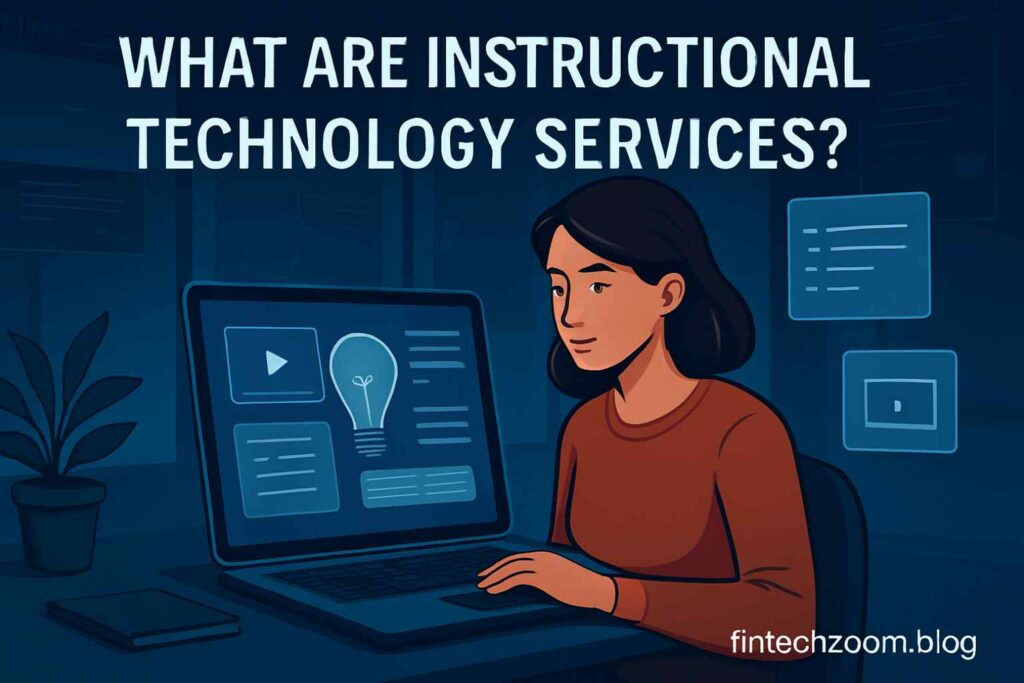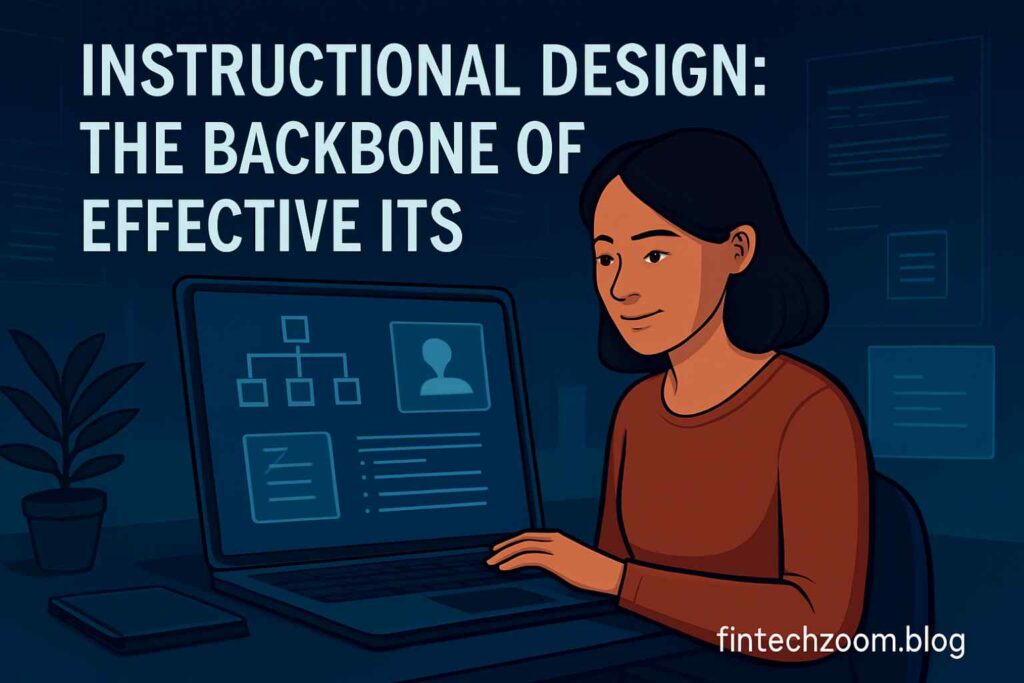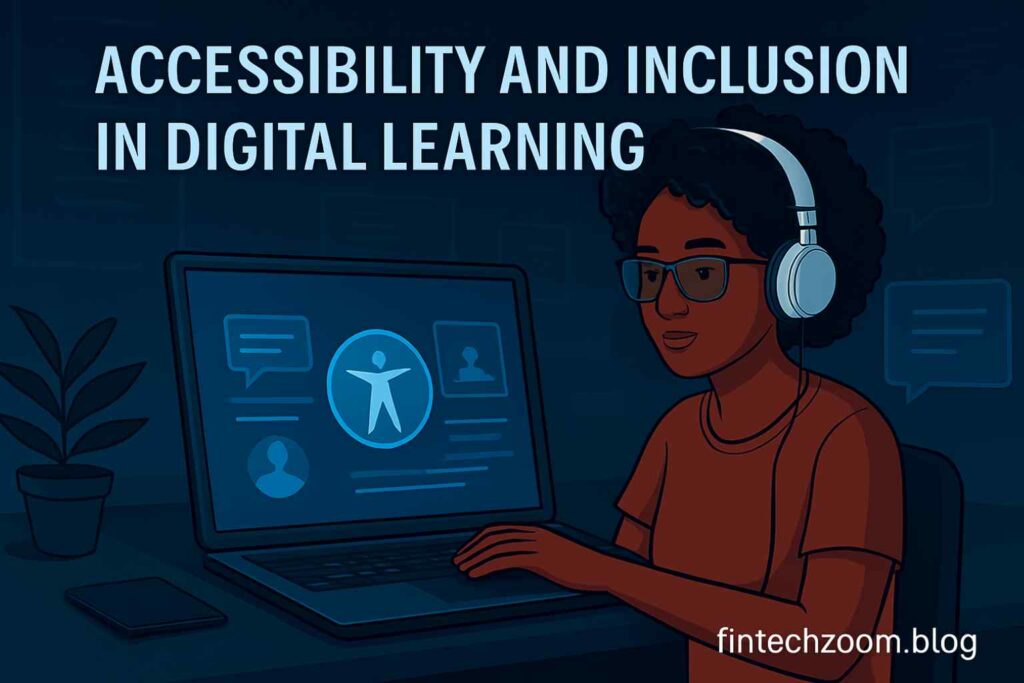Introduction
Empowering education through technology has transformed the way students learn and teachers instruct. Instructional Technology Services (ITS) play a critical role in modern classrooms and training environments by bridging the gap between pedagogy and digital tools. These services are designed not just to support technology, but to enhance learning outcomes, simplify content delivery, and foster deeper engagement among learners of all ages. As educational institutions and businesses continue to adopt new technologies, the demand for expert instructional support has never been greater.
From online learning platforms and smart classroom setups to virtual labs and interactive multimedia, Instructional Technology Services bring structure and strategy to the digital learning space. The professionals behind ITS work hand-in-hand with educators, trainers, and administrators to ensure that every digital solution adds measurable value to the learning experience. It’s not just about using tech—it’s about using it meaningfully.

What Are Instructional Technology Services?
Instructional Technology Services encompass a broad range of support functions and resources that help in the planning, implementation, and evaluation of technology in teaching and learning. These services focus on both academic and technical support, ensuring educators can integrate digital tools efficiently and effectively.
Services may include training for faculty, instructional design support, management of Learning Management Systems (LMS), creation of multimedia content, and more. By providing personalized assistance and ongoing professional development, ITS teams enable educators to stay ahead of technological trends without feeling overwhelmed.
Why Institutions Rely on Instructional Technology Services
Educational institutions, from K-12 to universities, rely on ITS for strategic support that aligns technology with instructional goals. One major advantage is that it helps maintain a consistent learning experience across various departments and delivery modes—whether in-person, hybrid, or online.
Another crucial aspect is the scalability and adaptability offered by ITS. As schools grow or change curriculum formats, instructional technology professionals help ensure that the transition is smooth, resources are updated, and educators are confident in their digital teaching methods. ITS is not just support—it’s a strategic partnership.
Core Components of Instructional Technology Services
Instructional Technology Services cover several key areas that are integral to any institution’s teaching framework. Here’s a breakdown of the most common components:
| Core Component | Description |
|---|---|
| LMS Support | Assistance in managing platforms like Canvas, Moodle, or Blackboard, including setup, maintenance, and troubleshooting. |
| Faculty Training | Workshops and one-on-one coaching sessions to build tech literacy and integrate new tools into curriculum. |
| Instructional Design | Collaboration with educators to design tech-enhanced lessons, activities, and assessments. |
| Multimedia Creation | Development of videos, animations, infographics, and podcasts for enhanced learning materials. |
| Tech Integration | Consulting on the selection and implementation of classroom technology like smart boards and student devices. |

Instructional Design: The Backbone of Effective ITS
At the heart of ITS lies instructional design—a discipline that ensures technology enhances, rather than distracts from, learning. Instructional designers work with subject matter experts to convert traditional lessons into digital-friendly formats while retaining pedagogical integrity.
These professionals consider learner needs, course objectives, and accessibility requirements before recommending tools and formats. By doing so, they help educators avoid the common pitfall of using technology for the sake of novelty, focusing instead on meaningful integration that improves comprehension and retention.
The Role of ITS in Faculty Development
Instructional Technology Services play a key role in faculty development by offering ongoing training and support. This is especially important as more institutions adopt blended and fully online models.
Through custom workshops, digital resource libraries, and one-on-one mentoring, ITS departments empower instructors to stay current and confident. This continuous development ensures the delivery of high-quality instruction across all formats, boosting student satisfaction and academic success.
Enhancing Student Engagement with Digital Tools
Technology alone doesn’t guarantee engagement, but its thoughtful application does. ITS helps educators incorporate tools like polls, discussion boards, quizzes, and gamification elements to create interactive and collaborative learning experiences.
By leveraging platforms like Google Classroom, Microsoft Teams, or Zoom, instructors can meet students where they are—digitally. ITS ensures that these tools are used in ways that encourage participation, feedback, and community-building within virtual or hybrid classrooms.

Accessibility and Inclusion in Digital Learning
Another cornerstone of Instructional Technology Services is ensuring accessibility and inclusivity. ITS teams work to ensure that all digital materials meet ADA and WCAG standards, offering equal opportunities for students with disabilities.
They provide guidance on captions, screen reader compatibility, alternative formats, and universal design practices. This proactive approach not only ensures compliance but fosters a culture of inclusiveness and respect in educational environments.
Also Read: White Label Google Ads for Agencies 2025
Conclusion
Instructional Technology Services are more than just technical support—they are strategic enablers of high-quality, inclusive, and innovative education. By blending pedagogy with digital advancement, ITS professionals empower educators and learners to achieve more in less time and with greater impact. As education continues to evolve, institutions that invest in strong ITS frameworks will lead the way in shaping tomorrow’s learning landscape.
FAQ About Instructional Technology Services
Q1: What is instructional technology and examples?
Ans: Instructional technology refers to tools and methods used to enhance teaching and learning. Examples include smartboards, e-learning platforms, and virtual reality. It integrates tech with pedagogy for better outcomes.
Q2: What does an instructional technology specialist do?
Ans: They support educators by implementing tech tools, training staff, and improving digital learning strategies. Their role bridges technology and curriculum to enhance education.
Q3: What are the 5 basic concepts of instructional technology?
Ans: The five basics include design, development, utilization, management, and evaluation. These guide the effective integration of technology in instruction.
Q4: What does an instructional technology coach do?
Ans: They mentor teachers on using technology effectively in the classroom. Coaches provide personalized support, model lessons, and help evaluate tech-based teaching.
Q5: What are the three types of instructional technology?
Ans: They include hardware (devices), software (apps/platforms), and integrated systems (like LMS or interactive classrooms). Each serves a different instructional purpose.
Q6: What are the advantages and disadvantages of instructional technology?
Ans: Advantages include personalized learning, better engagement, and access to resources. Disadvantages can be high costs, screen fatigue, and technical issues.
Q7: What does an instructional technology specialist do?
Ans: They analyze learning needs, recommend tech solutions, and train staff to enhance student outcomes. Specialists act as tech advisors in educational settings.

